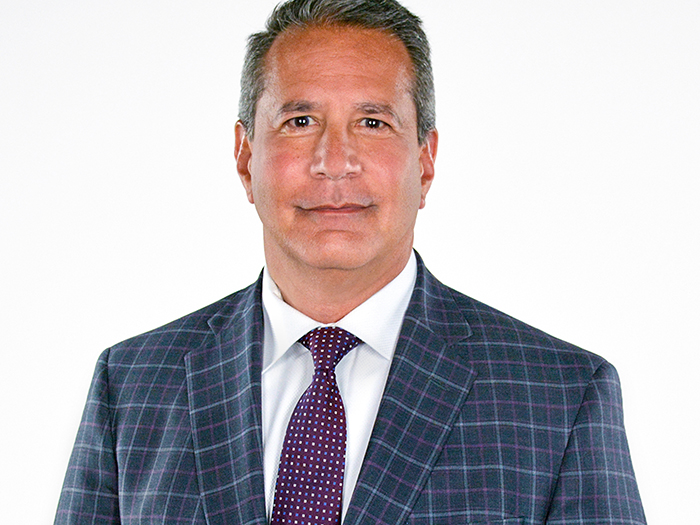2017 NWCDC
Embracing a Common Purpose

The numbers are telling. Women make up 56.5 percent of the insurance workforce, yet 85 percent of industry employers have no female executives. The figures are more or less the same across the corporate landscape, where women account for only 6.4 percent of Fortune 500 CEOs even though close to half the overall workforce is female.
There is a dual imperative within those figures, said Margaret Spence, speaking at the Alliance of Women in Workers’ Compensation’s 4th Annual Women’s Leadership Forum on Dec. 5, the eve of the National Workers’ Compensation and Disability Conference & Expo at Mandalay Bay in Las Vegas. That imperative is for women to continually reevaluate their goals and the barriers to those goals, and also for the women who break into the upper ranks to reach back and help other women to do the same.
“If one woman makes it, it kicks the door down for two, or three, or five more,” said Spence, a global business strategist, author and consultant. She is also the founder of The Employee to CEO Project, a global initiative to increase the representation of women in the C-suite.
Speaking about the challenges of young women coming up through the ranks, Spence told parts of her own story as a newly minted graduate offered a position at CNA (then INA). Spence packed up and drove her red and gray Datsun B210 from St. Petersburg, Fla., to Glendale, Calif.
After passing claims school, Spence got down to work but found the environment unwelcoming.
“I was told that I wasn’t important, that I had no potential,” said Spence. Even as she gained experience, Spence still faced supervisors routinely negating her value.
Women coming up through the ranks today may not face an environment as harsh as the one Spence described, but the same barriers remain — they’re just more subtle. Every time a woman walks into an organization and discovers the leadership team is womanless, she learns her voice will not be heard, said Spence.
That’s why it’s important for women to be aware they have a common purpose, and for senior-level women to identify high-potential women in their organizations and “move them through the pipeline,” grooming them to lead and challenging them to reach higher.
“If one woman makes it, it kicks the door down for two, or three, or five more.” — Margaret Spence, strategist, author, consultant; founder, The Employee to CEO Project
At the same time, said Spence, women must help their male counterparts understand the barriers that are keeping talented women from moving beyond middle management.
“It is important that we empower men to empower us,” said Spence, challenging women leaders to bring their male peers along when they attend the AWWC forum next year.
Looking Within
The core message of Spence’s presentation, “The Power to Succeed Starts With You!”, is designed to give women the tools to overcome the conditioning that affects most women from a very young age. Women are prone to stall in their careers unless they actively pinpoint where they want to go next.
Women must take the time to look within and ask the tough questions that will help define their purpose and their goals. “What do I want?” “Why do I want it?” and “Why don’t I have it already?” are all key questions that deserve reflection and will help women understand and identify the action steps that can help them advance their careers.
It’s also important to identify and own up to the personal and professional fears that create barriers to success, said Spence. Self-awareness is often half the battle.
It’s important to keep reaching, Spence added, to keep setting higher targets and stepping out of your comfort zone, or risk letting inertia take over and pin you in place. Women must ask themselves, “What if I did nothing at all about my career; would I regret that decision?”
“Where you start out should not be where you end up,” she said. “If you set a goal and you’re comfortable with it, it’s not a high enough goal.” &











